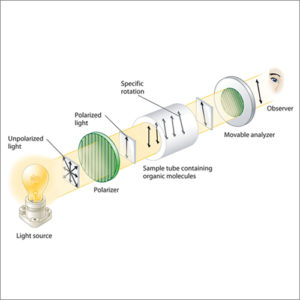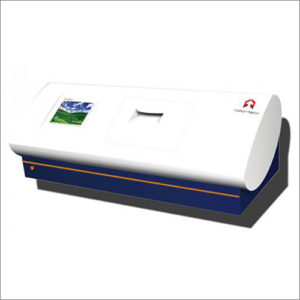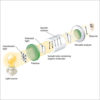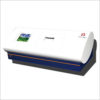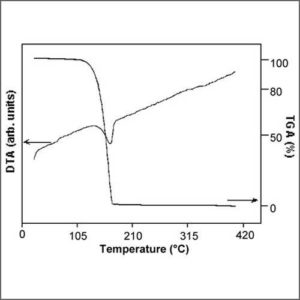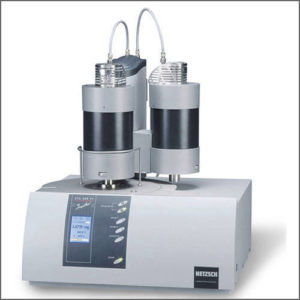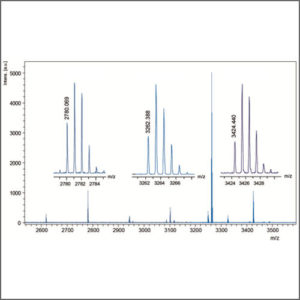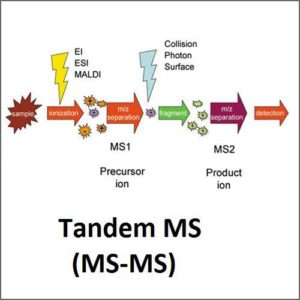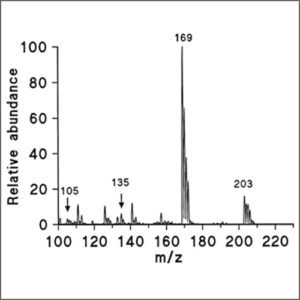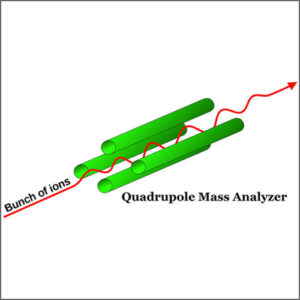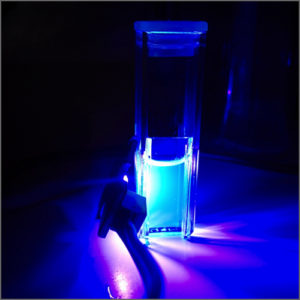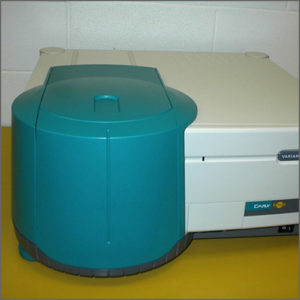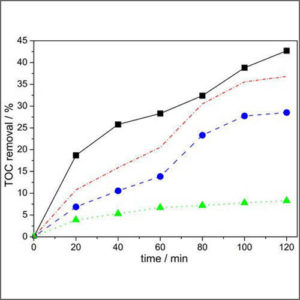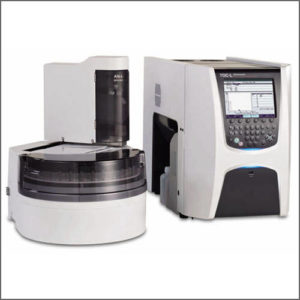Polarimeter
Polarimetry measures the optical rotation angle of polarized light as it passes through an optically active fluid or solution.
- Description
| Testing Method | Polarimeter |
| Description | Polarimetry measures the rotation of polarized light as it passes through an optically active fluid. Some chemical substances are optically active, and polarized (uni-directional) light will rotate either to the left (counter-clockwise) or right (clockwise) when passed through these substances. The amount by which the light is rotated is known as the angle of rotation.
Specific Rotation [α] is a fundamental property of optical active substances that is expressed as the angle to which the material causes polarized light to rotate at a particular temperature, wavelength, and concentration.
Because many optically active chemicals such as tartaric acid, are stereoisomers, a polarimeter can be used to identify which isomer is present in a sample – if it rotates polarized light to the left, it is a levo-isomer, and to the right, a dextro-isomer.
The optical rotation is proportional to the concentration of optically active substances in solution. A polarimetry may therefore be applied for concentration measurements of optically active substance. With a known concentration of a substance, polarimetry may also be applied to determine the specific rotation when characterizing the substance. |
| More Information | Wikipedia: Polarimeter |

